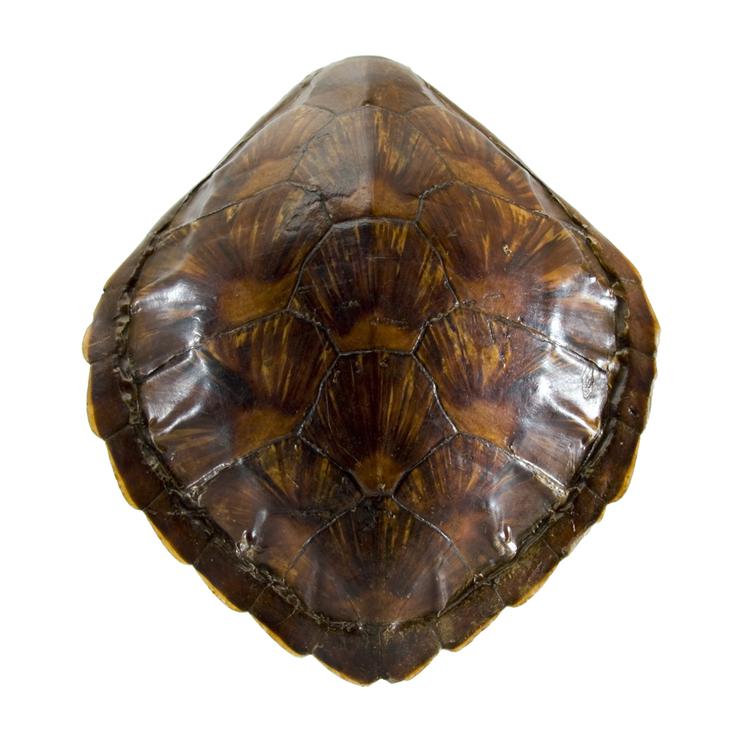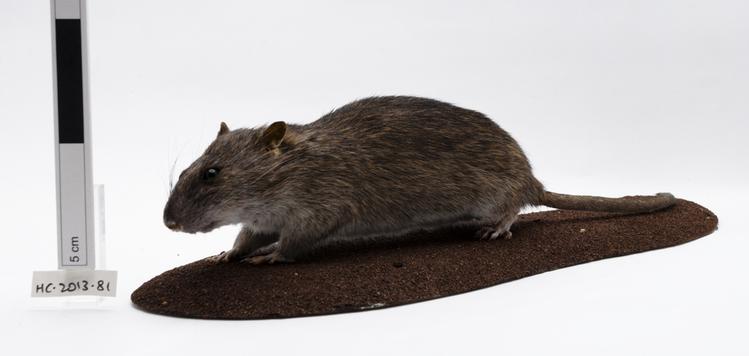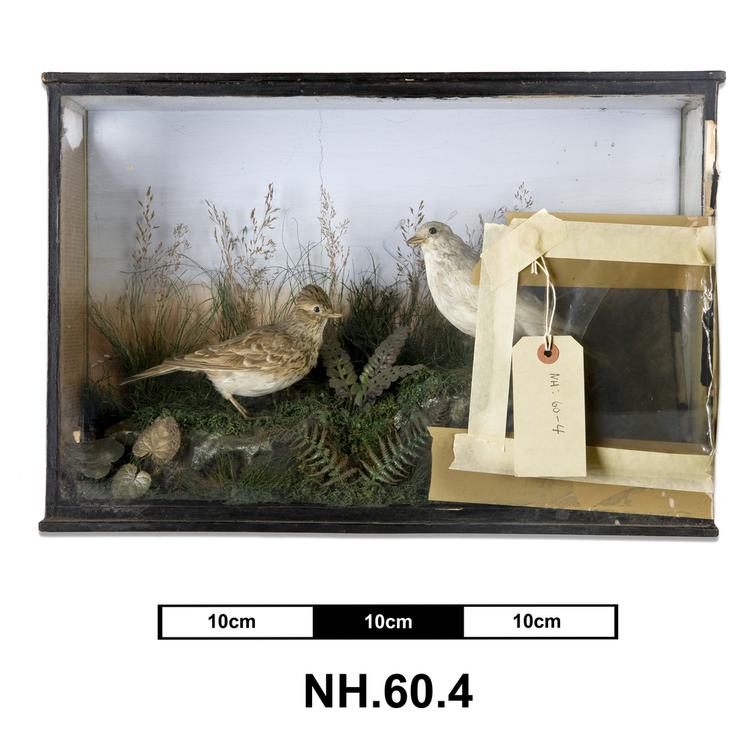
Skeletal specimen of turtle carapace.
Turtles have many adaptations to help them survive in water. Their shell protects their body from predators and abrasion. It is streamlined, helping them to guide through the water. They have flat rotatable limbs with fused digits which act like paddles and enable them to swim quickly and move on land. Their hind flippers act like a rudder, stabilisting and directing the turtle in the water. Females use their foreflippers to dig holes for their eggs. The adaptations that make them fast in water mean they are slow and clumsy on land, putting them at risk of predators.
Sea turtles are very good divers and can stay underwater for long periods. Their heart rate slows to conserve oxygen while underwater. Sea turtles can live in salt water without needing fresh water as they get water from their food and are able to break down sea water through glands which get rid of excess salt and empty that excess salt into the sea through the turtle's eyes.






